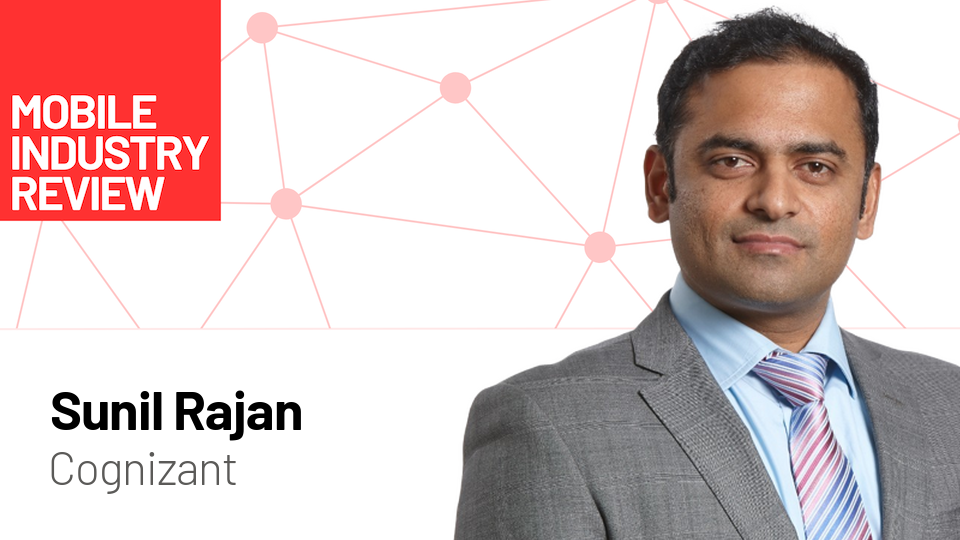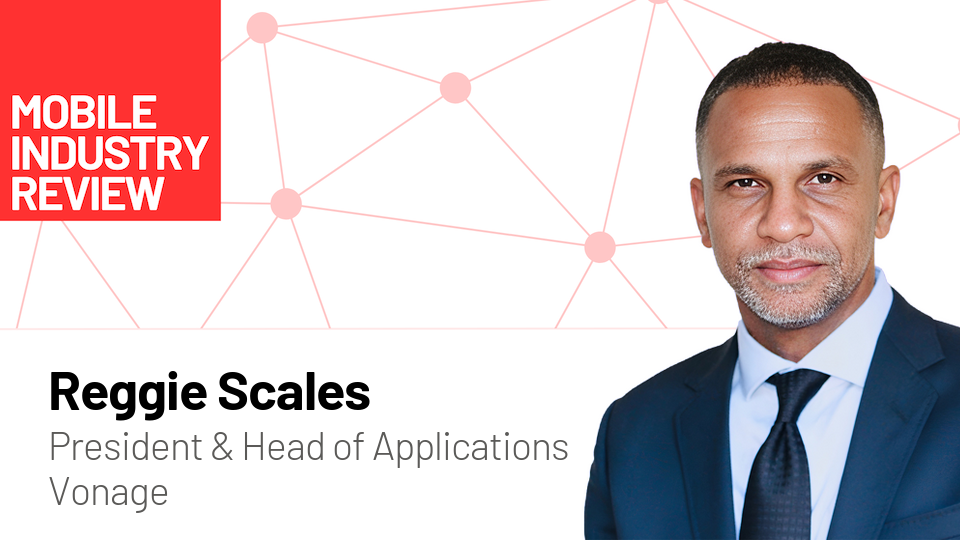How telcos can win back customers with AI
Artificial intelligence offers telcos a way to reset customer relationships. By making services simpler and more transparent, operators can reduce churn and win back trust.

I've asked Sunil from Cognizant to give us their perspective on how AI is transforming the telecommunications industry. Over to you Sunil.
By Sunil Rajan, Head of Comms, Media and Tech (CMT), UK&I, at Cognizant
Telecom operators are under pressure like never before. Competition is fierce, margins are falling, and customer loyalty is dwindling. For many consumers, buying telecom services is one of the most frustrating shopping experiences. Packages are complicated, switching feels like a hassle and support often comes only when something has already gone wrong.
In the UK, Citizens Advice estimates that one in seven consumers are stuck paying a loyalty penalty simply for staying with their provider. This sense of unfairness is eroding trust and making customers more willing to switch the moment they see an opportunity.
Artificial intelligence (AI) offers telcos a way to reset that relationship. Cognizant research shows that consumers who embrace AI could drive up to 55% of spending by 2030, worth £690 billion in the UK alone. The opportunity is clear - operators who use AI to make life simpler, more transparent and more rewarding for customers will not only reduce churn but actively win back trust.
Consumers want help cutting through complexity
The same research found that telecoms customers are unusually open to using AI compared with other industries. This is no surprise when you look at how difficult it is to compare deals. Customers want help navigating confusing packages, comparing deals and finding the best fit for their needs. AI can cut through that noise, scanning the market and finding deals tailored to a customer’s actual usage.
Since April 2023, the implementation of Ofcom’s One Touch Switch rules have made it far simpler for consumers to change providers. This, combined with customers being receptive to AI, has lowered the barrier to switching, and opened the door for AI to manage the full process: comparing deals, recommending the best fit and even handling the switch.
The purchase decision remains a sticking point
Nevertheless, there are limits to what people are ready to hand over to AI. Signing a two-year contract that locks in significant monthly spending is a high stakes decision. Many consumers want reassurance that a human is still involved in the process.
But that does not mean AI has no role at the point of purchase. Younger and higher-income groups are more willing to use AI to check contract terms, compare costs and recommend options. For telcos, the opportunity is to present AI as a trusted adviser rather than a replacement decision maker. By building transparency and explainability into AI tools, operators can ease customers into more automated purchases over time.
Service quality is where AI can win hearts
If there is one part of the telecoms journey where consumers across all ages see the value of AI, it is in day-to-day service. Broadband in particular is now as essential as water and power for many. This has become even more of a necessity thanks to the rise in hybrid work, with recent ONS figures showing over a quarter of UK workers follow this pattern. For these households, connectivity is not just a utility but a livelihood, yet outages, buffering and unexplained slowdowns remain common complaints.
Operators that can use AI to deliver more reliable service will earn stronger loyalty than merely offering short-term discounts. It can predict when a fault is likely, adjust bandwidth to keep streaming uninterrupted, and guide customers through troubleshooting in plain language. This moves the experience from reactive fixes to proactive support.
Where telcos should focus their efforts
The evidence shows that consumers are ready for AI in telecoms, and operators cannot afford to wait. Customer loyalty is already fragile, and it's easier for them to switch than ever before.
To stay competitive, telcos should focus on four priorities. First, they need to make their offers discoverable to AI systems. As digital assistants become the gatekeepers of choice, operators that are hard for AI tools to find and assess risk being overlooked.
Second, they should invest in conversational AI. Customers prefer it to chatbots, and when done well, it can explain complex contracts, flag unusual usage or suggest tailored upgrades before problems arise.
Third, AI should be used to strengthen networks. Smarter bandwidth management and predictive maintenance cut costs but more importantly, deliver a smoother service for customers.
Finally, operators must integrate seamlessly with devices. With more than half of smartphones expected to be AI-capable by 2028, smartphones will soon act as the customer’s main AI agents, and telcos must be ready for this.
Telcos must act now
Telcos have only a short window to prepare for an AI-driven market. In the UK, Ofcom continues to push operators to treat customers fairly and provide clearer information, while switching to another provider is easier than ever.
By using AI to simplify choices, improve service quality and provide more proactive support, telcos can rebuild trust and strengthen relationships with their customers. In a sector where margins are tight and competition is intense, those who act decisively will be best placed to turn AI into a source of growth and long-term loyalty.
Thank you Sunil. Connect with Sunil on LinkedIn and read more about Cognizant.



